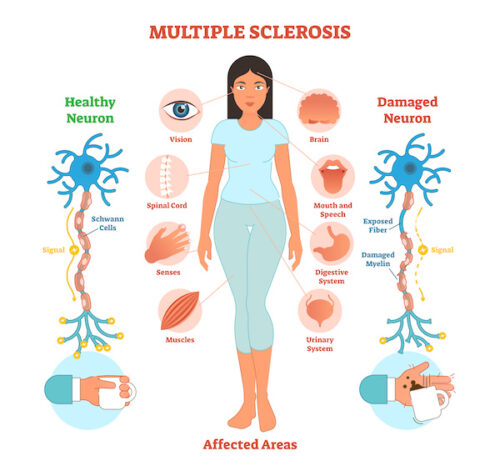Chest Pain is Good?
Angina reassessed: pain or protector by Derek Yellon in the April 27, 1996 issue of The Lancet conclude “…rather than always being harmful, angina may, in some instances, be followed by an increased resistance to myocardial infarction.”(347:1159) There are two protective mechanisms that develop with long-term low blood supply to the heart muscle. There is the development of back up circulation, called collateral circulation, where new a rteries grow into an area that is supplied by a diseased artery.
The second protective mechanism is ischemic preconditioning. This phenomenon triggered by brief periods of low blood supply (ischemia) to the heart muscle, protects it from longer periods of insult. Multiple biochemical changes are known to take place during periods of ischemia. The effects of this preconditioning are seen when an angioplasty is done. The first time the balloon cuts off supply of blood to the heart muscle there is a greater change seen on EKG than subsequent inflations of the balloon. Commonly people with narrowed heart arteries have an initial episode of chest pain when they first start to exercise. After a short rest, exercise is accomplished without chest pain. This is called warm-up (also known as first effort, and walk through) angina and is likely due to metabolic changes of ischemic preconditioning.
People who have had angina, suffer smaller heart attacks and have a better outcome, with less chance of dying than someone with no history of chest pain. The risk of death is at least two times greater with no history of previous chest pain (angina).
Most treatment for angina is to reduce symptoms. The authors state, “If future clinical evidence can show that angina may benefit patients at risk of infarction, the intriguing question will be whether pharmacological suppression could prevent the benefit.” And they conclude, “..but it is not yet time for them (doctors) to dismiss treating angina for fear of preventing preconditioning.”
Comments
Patients with coronary artery disease live in great fear of dying of heart disease if they have chest pain and doctors expend all effort to abolish chest pain with a pharmacy of drugs. However, there is another point of view that fits more into one of my fundamental beliefs that the body always does the best it can to survive under the circumstances. Furthermore, meddling doctors who treat symptoms without fully understanding the consequences of their actions, often hurt their patients.
As we more fully understand the changes that take place in a heart compromised by diseased arteries, we will make better treatment decisions. Certain drugs used in heart patients may enhance the benefits of ischemic preconditioning. Others, such as calcium channel blockers and diabetic pills (sulphonylureas), which have been shown to increase a person’s risk of dying from heart disease, may block the adaptations the heart is trying to make to stay alive.
Patients with chest pain do have an increased risk of dying from heart disease, but their overall risk is only 2% per year. The large lesions that partially block arteries, causing the pain, are quite stable, and rarely become completely closed, inducing a heart attack. (See The McDougall Program for a Healthy Heart to learn how the tiny plaques, that don’t cause angina, rupture and kill).
One other disadvantage to relieving the chest pain is; a powerful motivator to eat and live better is taken away from the patient. Your angina is yelling to you, “Eat oatmeal, not bacon and eggs.”
John McDougall, MD
Recommended Articles

Common Health Problems: Fatigue

Common Health Problems: Multiple Sclerosis (MS) & Diet






